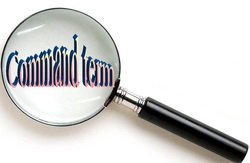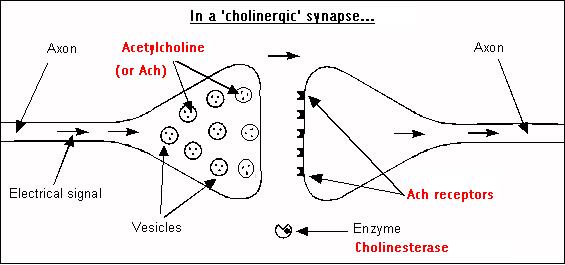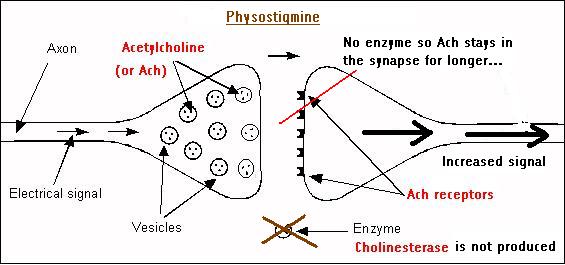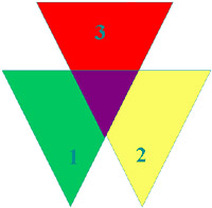Using one or more examples, explain effects of neurotransmission on human behaviour
If you need a reminder of how neurons and synapses function, then re-read the section on the 'principles' page
Vocab checkCan you define the following terms?
|
Assignment 1 - Mouse PartyMouse party is a great website from the University of Utah which shows the effect of various drugs on synapses. Follow the link to the website and have a play around with the program.
|
Study 1 - Kasamatsu and Hirai (1999)
|
We know that sensory deprivation can lead to hallucinations, as this video clearly shows. Katamatsu and Hirai linked this to changes in serotonin levels.
Is it so simple?The points below relate specifically to the Kasamatasu and Hirai study, but it is important to realise that many of them apply to most other studies of neurotransmission as well!
|
Kasamatsu and Hirai (1999) studied how sensory deprivation affects the brain by studying a group of Buddhist monks on a 72-hour pilgrimage to a mountain. Specifically they looked at the effect of the neurotransmitter serotonin on their experiences. Serotonin is active in the hypothalamus and the frontal cortex. Low levels of serotonin are linked with antisocial and impulsive behaviour; serotonin also regulates sleep, arousal levels and emotion.
Aim - to study the role of serotonin in conditions of sensory deprivation. Method - Field experiment. Exposed to harsh weather conditions, the monks didn't eat, drink, or speak. After 48 hours, the monks reported hallucinations; researchers took blood samples both before monks ascended the mountain and right after pilgrimages. Results - They found higher serotonin levels in the blood of the monks after the pilgrimage than before. Conclusion - The higher levels of serotonin may have been related to the hallucinations experienced by the monks. The study seems to show that that levels of neurotransmitters can change in response to the environment, and that these levels may have an influence on behaviour. |
Martinez-Kessner et al (1991)
This study contains a few intimidating new words (including the names of the drugs used on the rats), and requires a clear understanding of the process of neurotransmission. The pictures below may help you as you read the description of the study.
|
Aim:
To determine the role of the neurotransmitter, acetylcholine on memory. Procedures:
Assignment 2 - test your memoryFrom memory, write down the three conditions of Martinez-Kessner et al's experiment, including details of the drugs used and their effect on neurotransmission.
|
Don't forget the question you're answering!! It says "Using one or more examples, explain effects of neurotransmission on human behaviour"... That's HUMAN behaviour! Just talking about mice and mazes all the time won't help you to answer the question. You need to take the lessons from the study and to apply them to humans.
Assignment 3 - 8 mark essay questionTry to write about 2/3 of a page minimum from memory to answer the following question:
Using one or more examples, explain the effects of neurotransmission on human behaviour (8) |
Other triangulating evidenceBerridge and Kringelbach (2009) discuss the effect of dopamine in the orbitofrontal cortex and its role in pleasure seeking behaviour.
|
Revision |
Extension |






